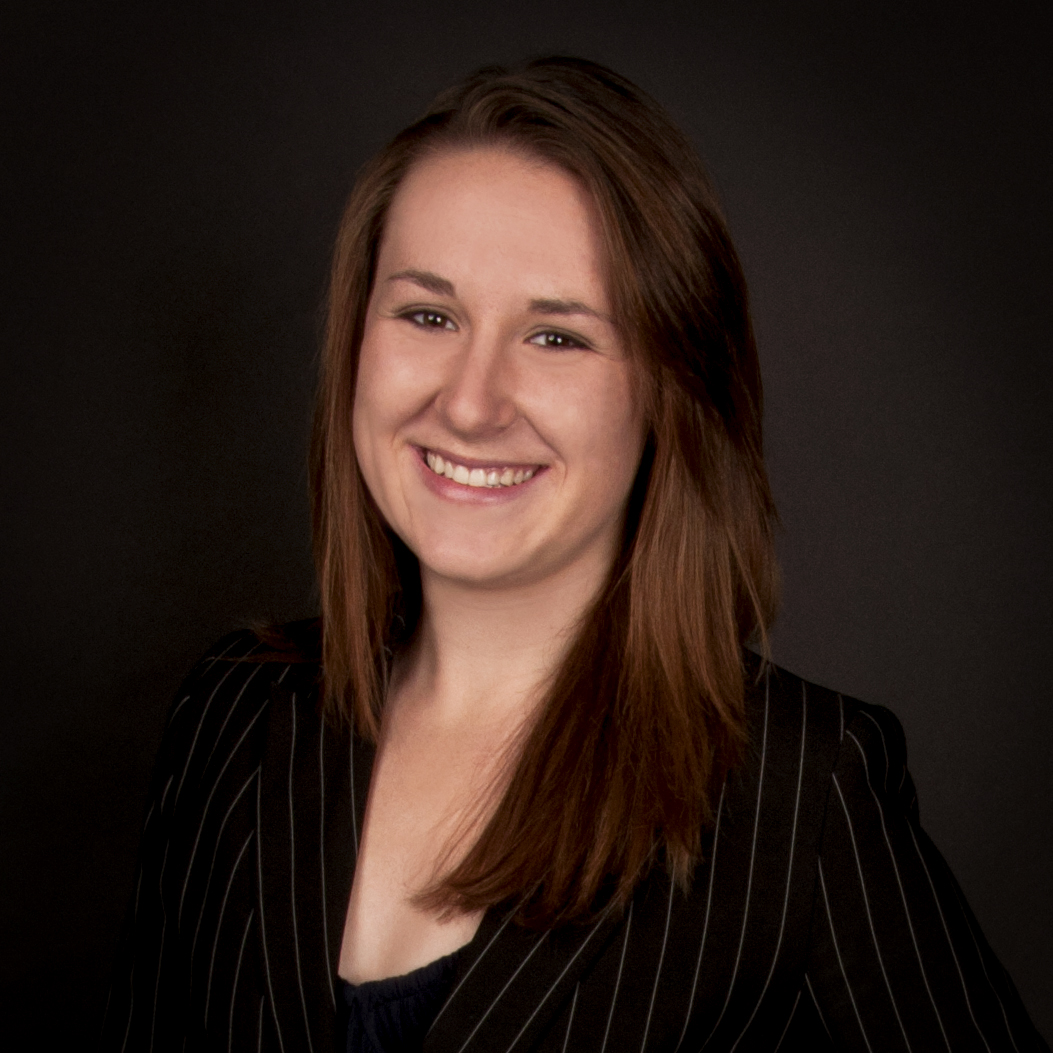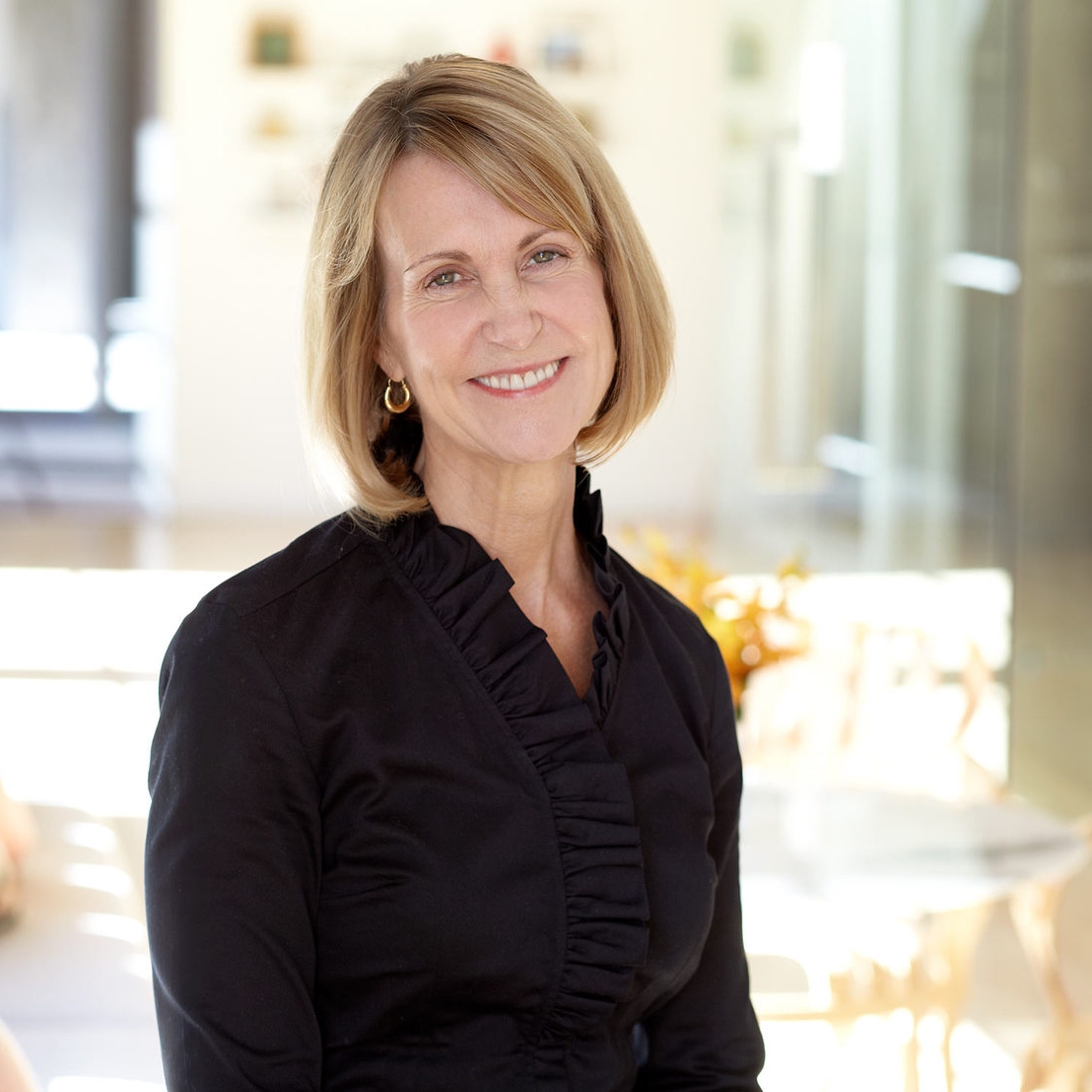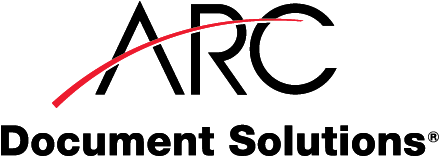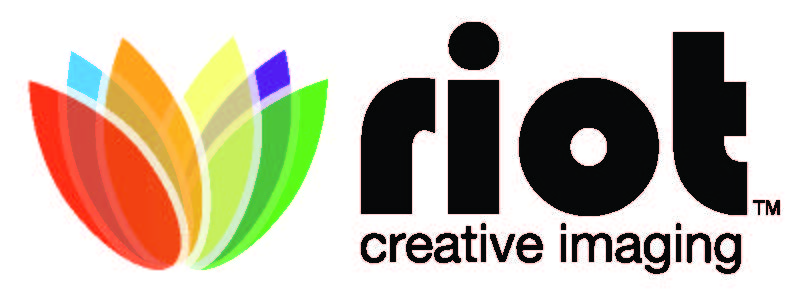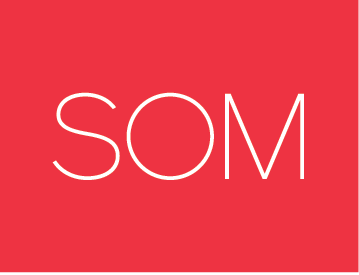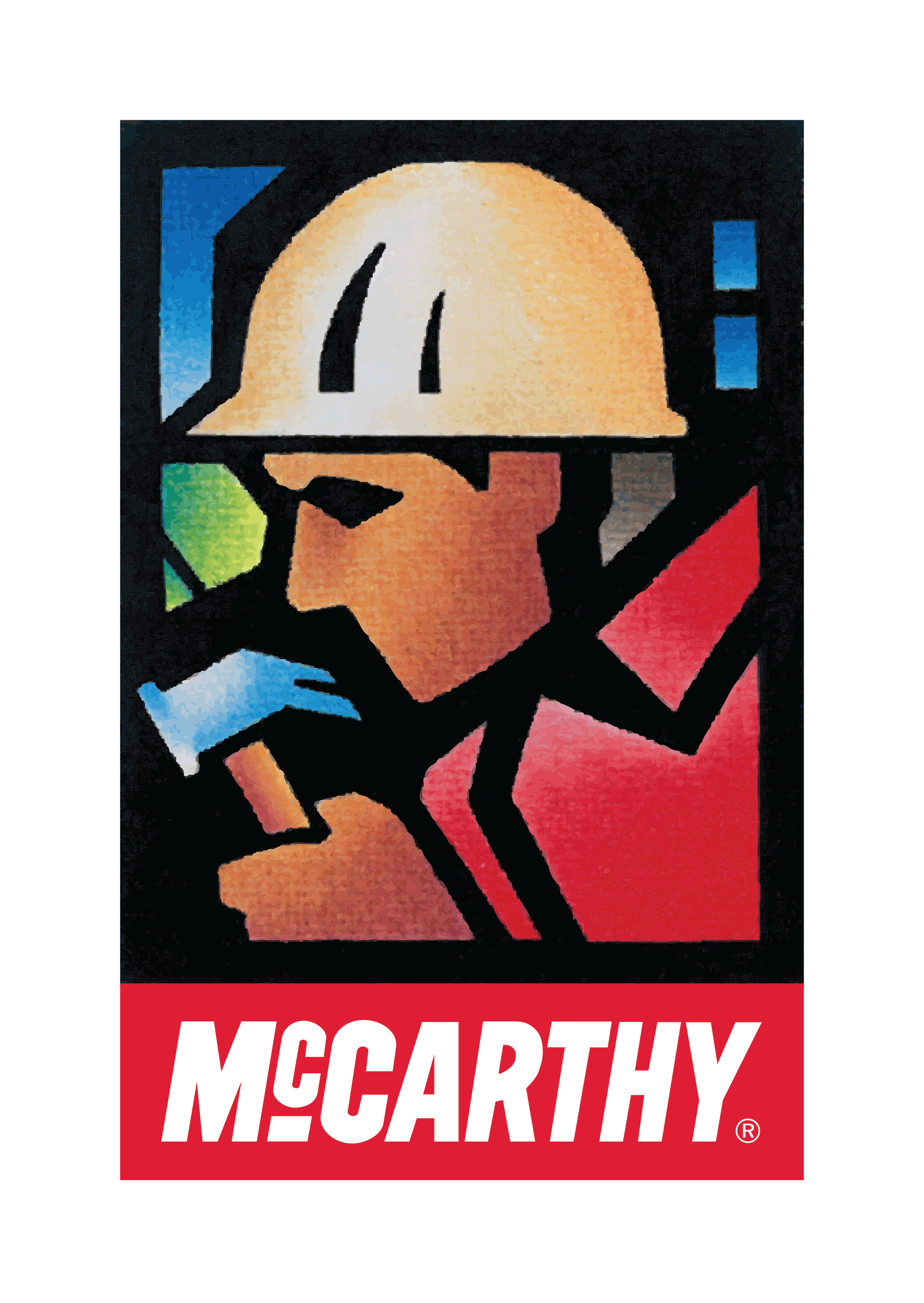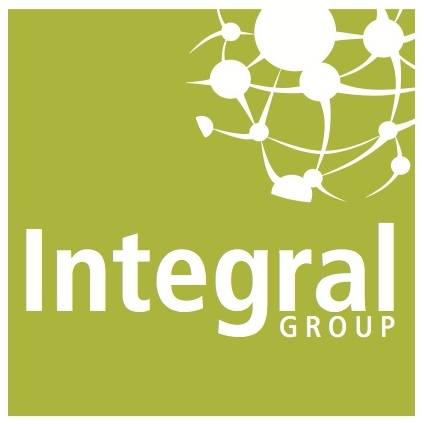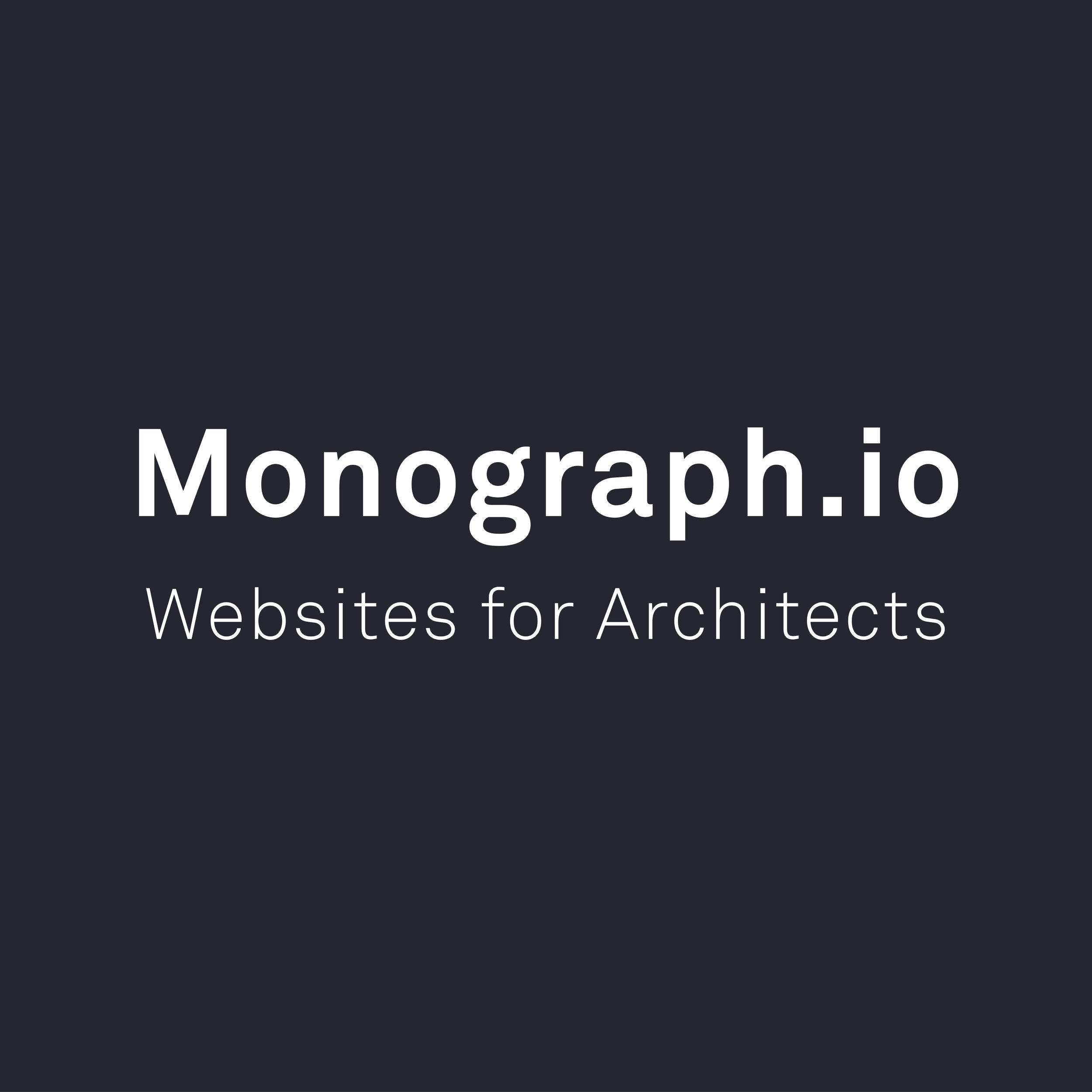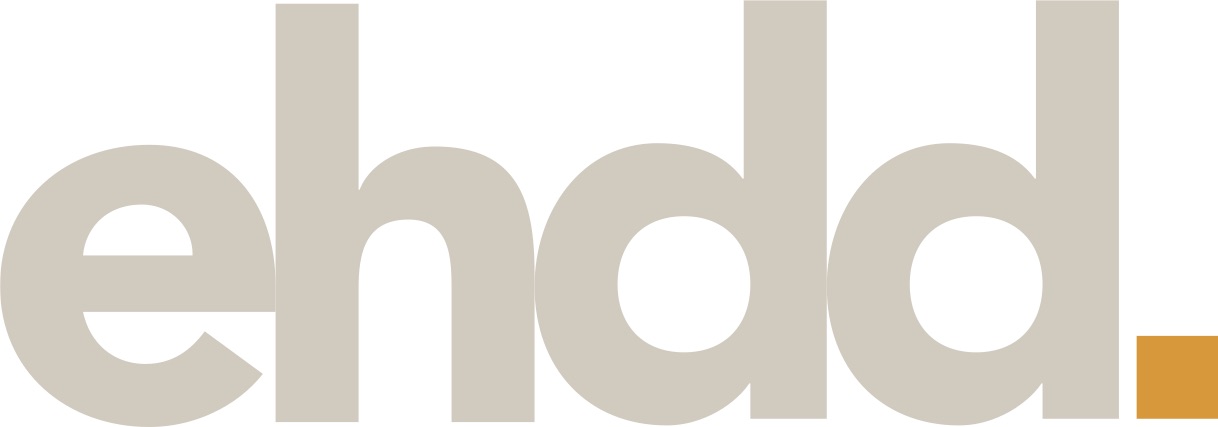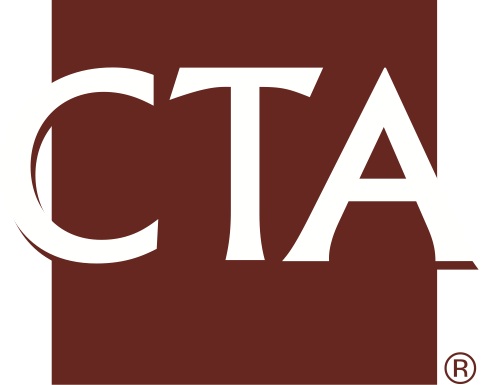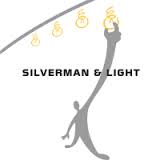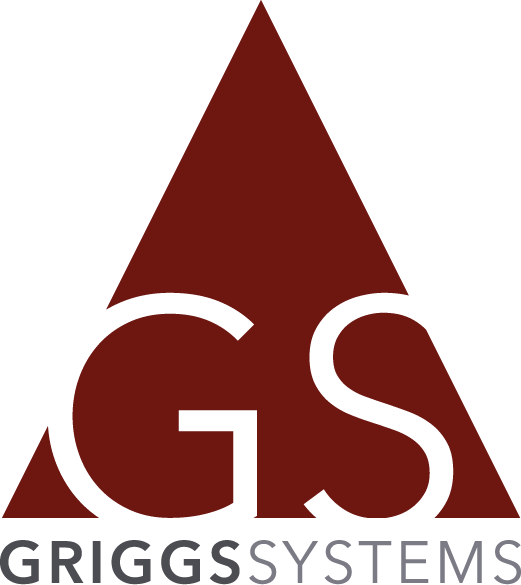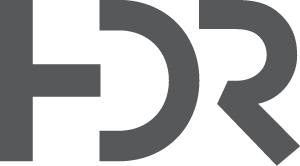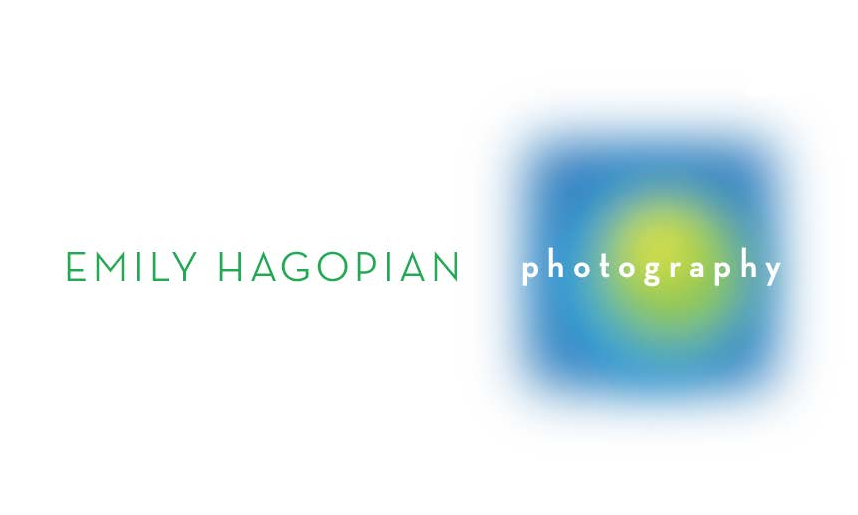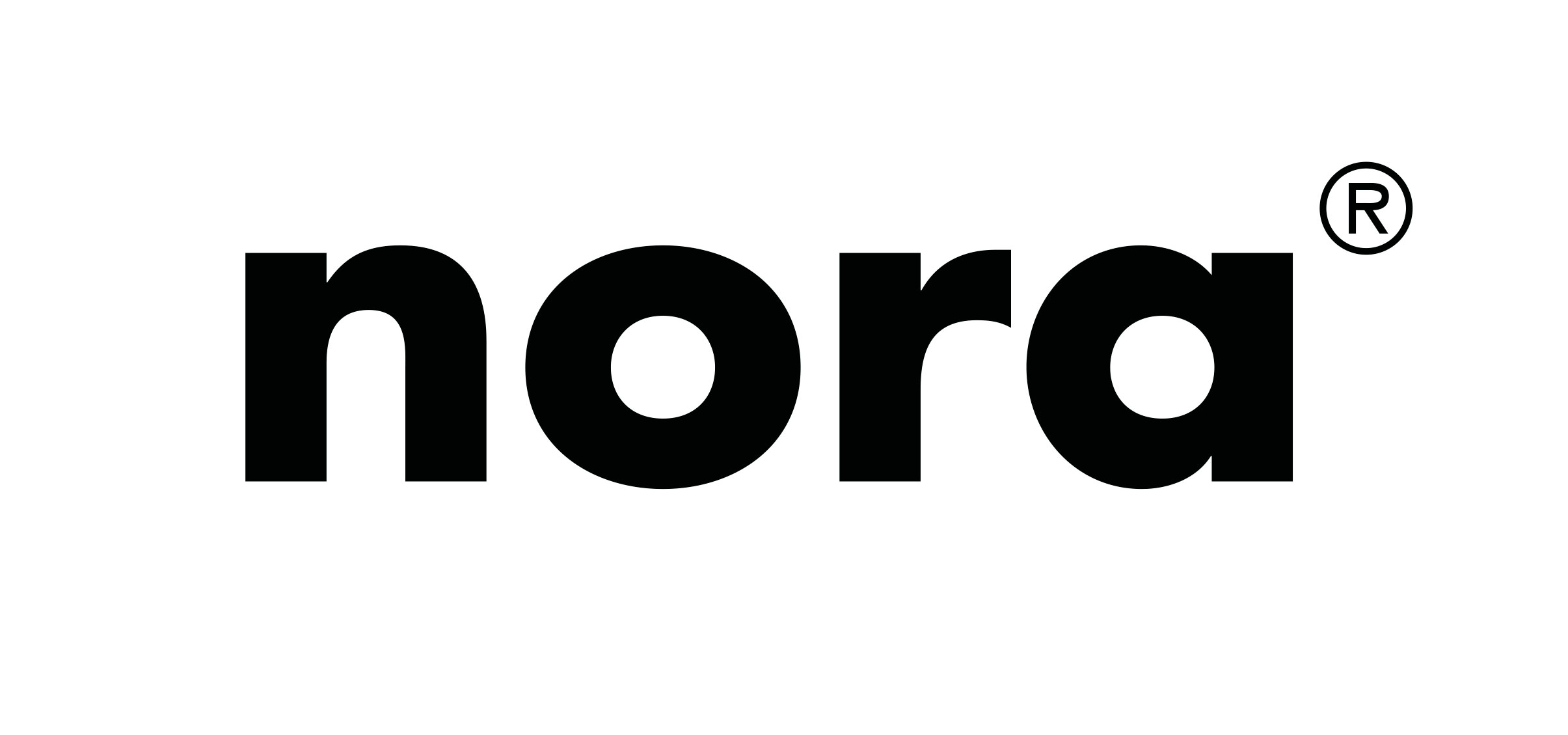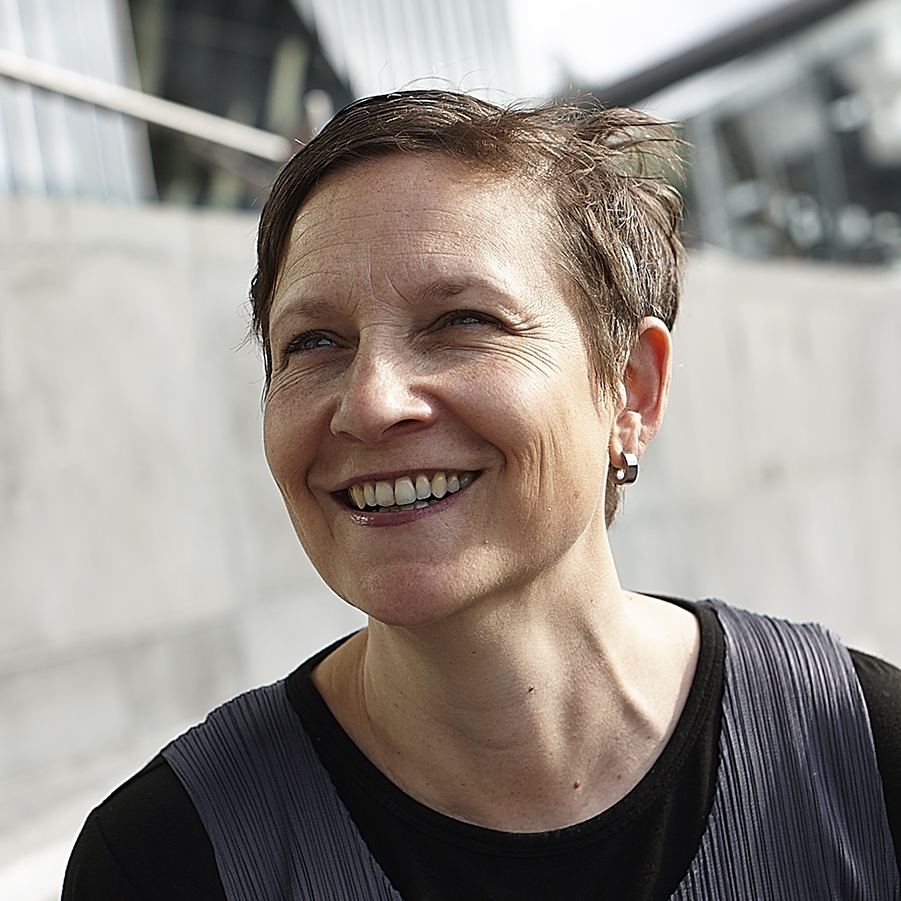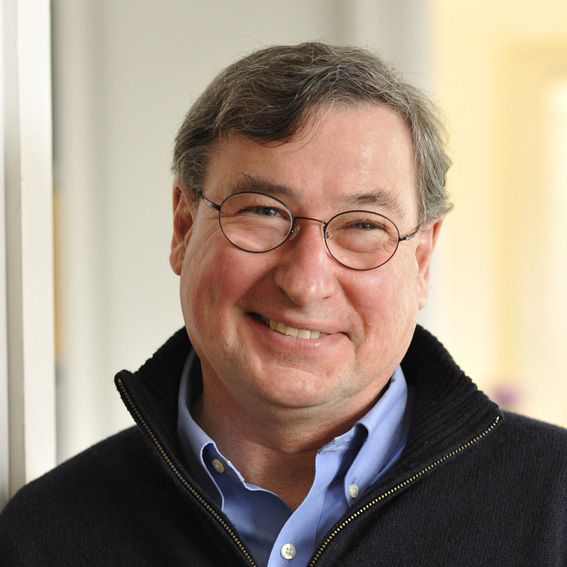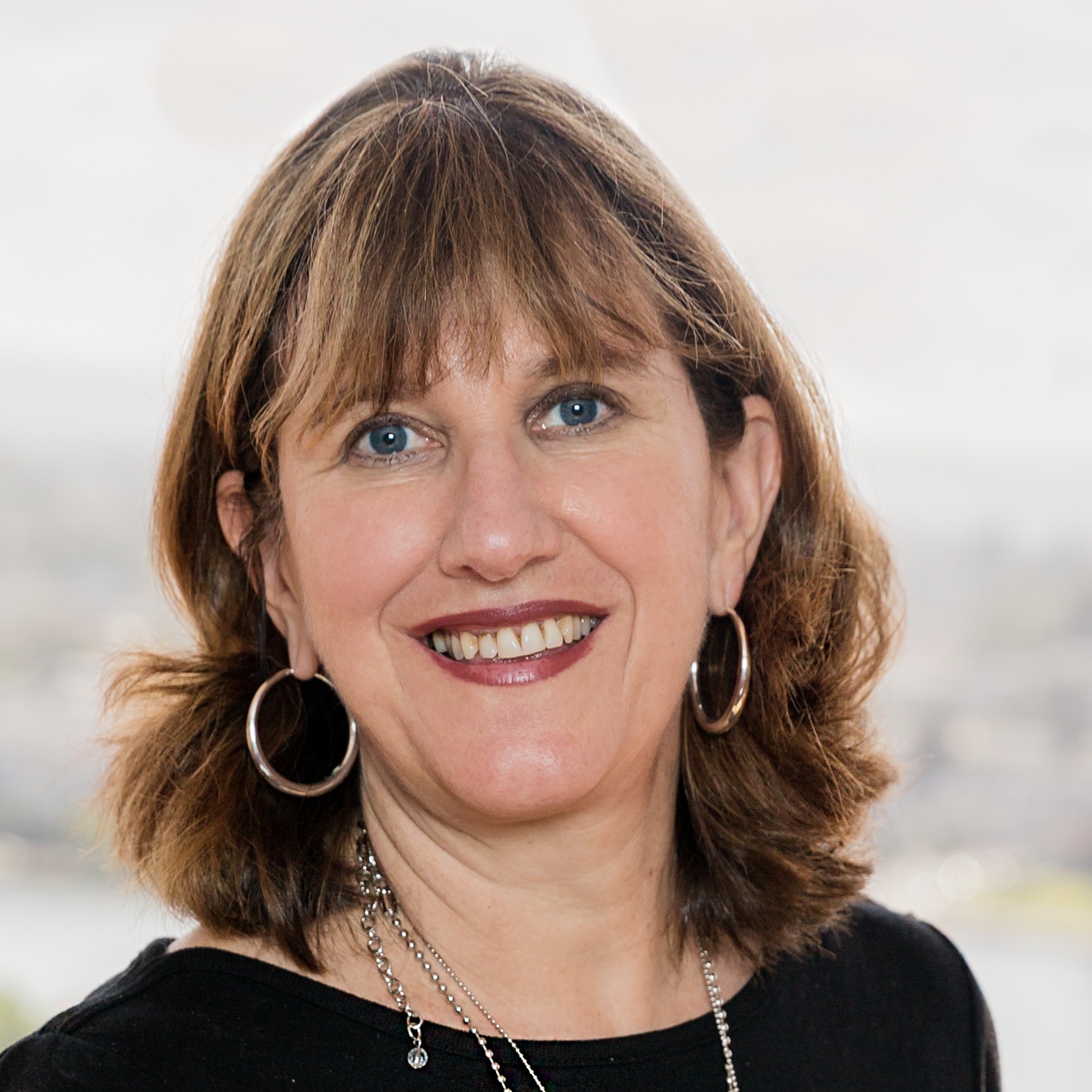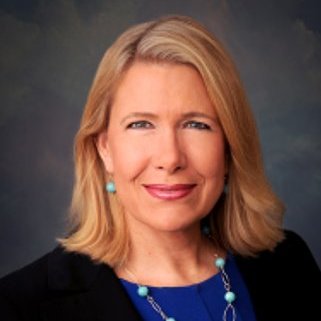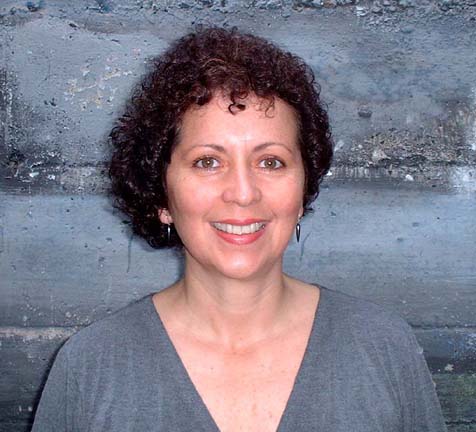With a few short weeks until AIASF's 4th Symposium — Equity by Design: Metrics, Meaning & Matrices, EQxD Blog will be featuring "behind the scenes" interviews with the facilitators of the Symposium Break Out Sessions for Career Dynamics and Pinch Points. Patricia Hansen, Associate AIA shares her insights on working with the Thought Leaders to shape this Career Dynamics session.
Graphing the Work-Life Equation: Different Approaches to Success
#EQxDWorkLife
From balance to flexibility to integration, there are many ways of conceptualizing the relationship between work and our personal lives. How do we develop successful, personalized strategies for making it work? Session leaders will share how they’ve set goals for balance, flexibility, or integration, and the strategies they’ve adopted as a result. Then participants will have an opportunity to reflect on their own approach to the work/life equation and discuss how it has (or has not) worked for them. Working together, participants will map these approaches to work/life, highlighting connections between individual goals, personal and professional context, and long-term success.
Patricia Hansen, Associate AIA — Facilitator
Why were you interested in being a facilitator?
I am very supportive of the effort to create more equity in the workplace and see it as a crusade that I want to help drive. I had just joined EQxD prior to becoming a facilitator and it seemed like an excellent way to jump into the movement with both feet. Additionally, I am new to the profession and saw it as a great opportunity to network with amazing individuals who care about some of the same issues.
How have the Equity pinch points and/or dynamics informed your session?
Our session is all about the difficulty of integrating personal and professional life. This relationship is dramatically affected by crucial pinch points throughout one’s career and is definitely a major issue for most workers. Whether it is getting married, starting a family, caring for parents, volunteering, or any other personal interest our session recognizes the importance of allowing time for these activities in order for employees to lead an engaged, happy life. Not allowing for this flexibility causes burnout and encourages individuals to leave the industry.
Are there any a-ha’s that emerged from the process of working with your team?
One of the concepts that we arrived at early on in our discussions was that there is no such thing as Work/Life BALANCE. The interchange between professional and personal life is messy, unpredictable, and overlapping. It certainly is not some kind of perfectly balanced teeter-totter with work on one side and the rest of life on the other. Living a multifaceted life necessitates a constant give and take between work and everything else that is going on. In the end, it becomes much more about flexibility and integration of the different parts of life rather than a balance. This subtle distinction between work/life balance and work/life integration really surprised me initially because people so often use the terms interchangeably. The slight differences really affect one’s perception on the issue.
Check out all the #EQxDM3 Break-Out Sessions Here
AIASF Equity by Design Symposium Sponsors
Special thanks to our amazing sponsors for their dedication and support. We look forward to seeing you there!

